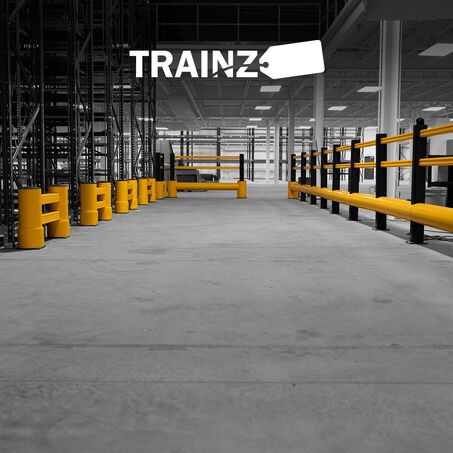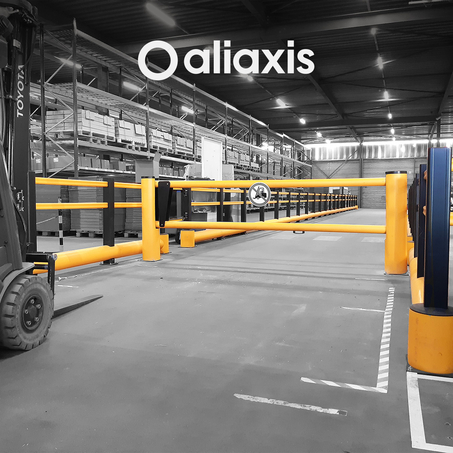Warehouse racking: How to choose the right storage system for your facility
In logistics and warehousing, selecting the right racking system is critical. A well-organized storage setup not only boosts productivity and workflow but also helps safeguard personnel. Whether you're investing in new or used racking, the right solution will optimize space usage and reduce handling risks. In short, high-performance storage systems are a strategic asset for any operation focused on safety and efficiency.
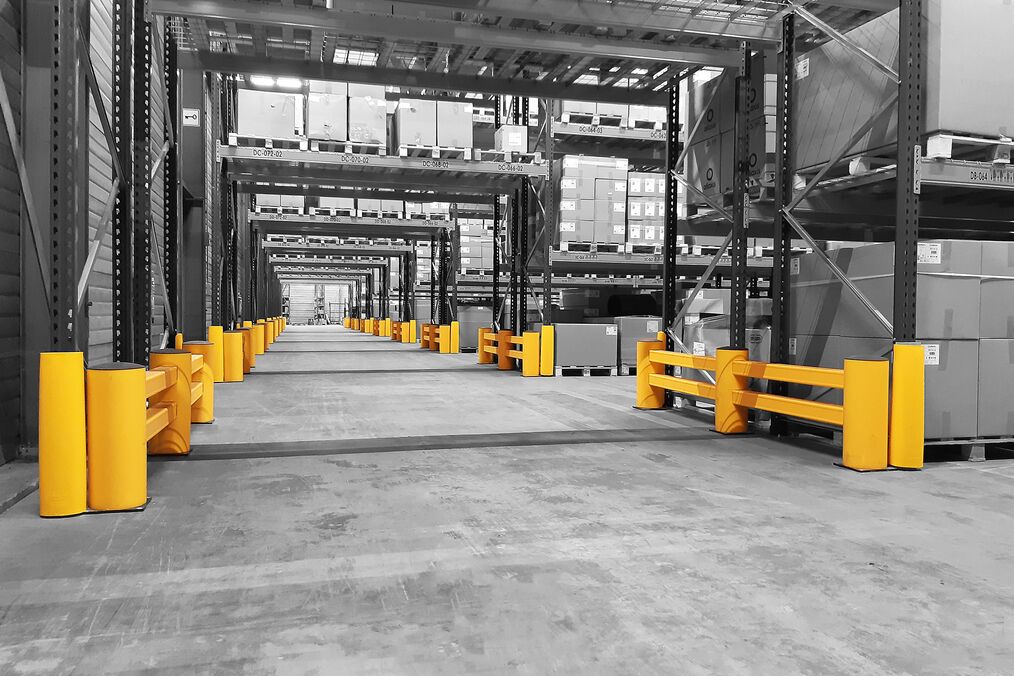
In this article, discover:
- The main types of warehouse racking systems
- Key factors to consider when choosing your racking
- The pros and cons of new vs. used racking
- The safety standards you need to comply with
- How to protect your racking infrastructure with solutions from Boplan USA
Types of warehouse racking systems
“Warehouse racking” refers to a variety of storage solutions tailored to specific goods and operational needs. These are the most common categories:
1. Pallet racking systems
Designed for facilities using pallets, these systems optimize vertical space and improve product access.
- Static pallet racking: Ideal for stable inventory with minimal rotation.
- Dynamic pallet racking (FIFO): Uses rollers or rails for high-turnover or perishable goods.
2. Heavy-duty industrial racking
Suitable for storing large or heavy items (e.g. automotive parts, raw materials). Its reinforced design maximizes vertical space and adapts easily to changing demands.
3. Light-duty shelving
Compact and flexible, ideal for small parts, retail stock or e-commerce operations. Easy to assemble, reconfigure and relocate.
4. Modular shelving systems
These allow you to adjust shelf levels quickly to fit changing storage needs. Perfect for fast-moving warehouses and retail environments.
5. Cantilever racking
Designed for long loads like pipes, beams or timber. This open-sided structure offers direct access and is especially suited for industrial use.
New vs. used racking: Which is right for your warehouse?
Used racking: cost-saving but requires caution
Used racking is an economical and sustainable solution, often available for immediate delivery. Ideal for companies with tight budgets or urgent installation needs. That said, used systems should be inspected carefully for signs of corrosion, damaged welds or non-compliant components. Safety certifications may not apply to older models, which could pose a risk during audits or accidents.
Why racking protection is critical
In warehouse environments, forklift collisions with racking systems are one of the most common causes of structural damage and workplace accidents. Boplan USA addresses this with its FLEX IMPACT® range—impact-resistant, polymer-based safety products that protect your infrastructure without compromising warehouse space.
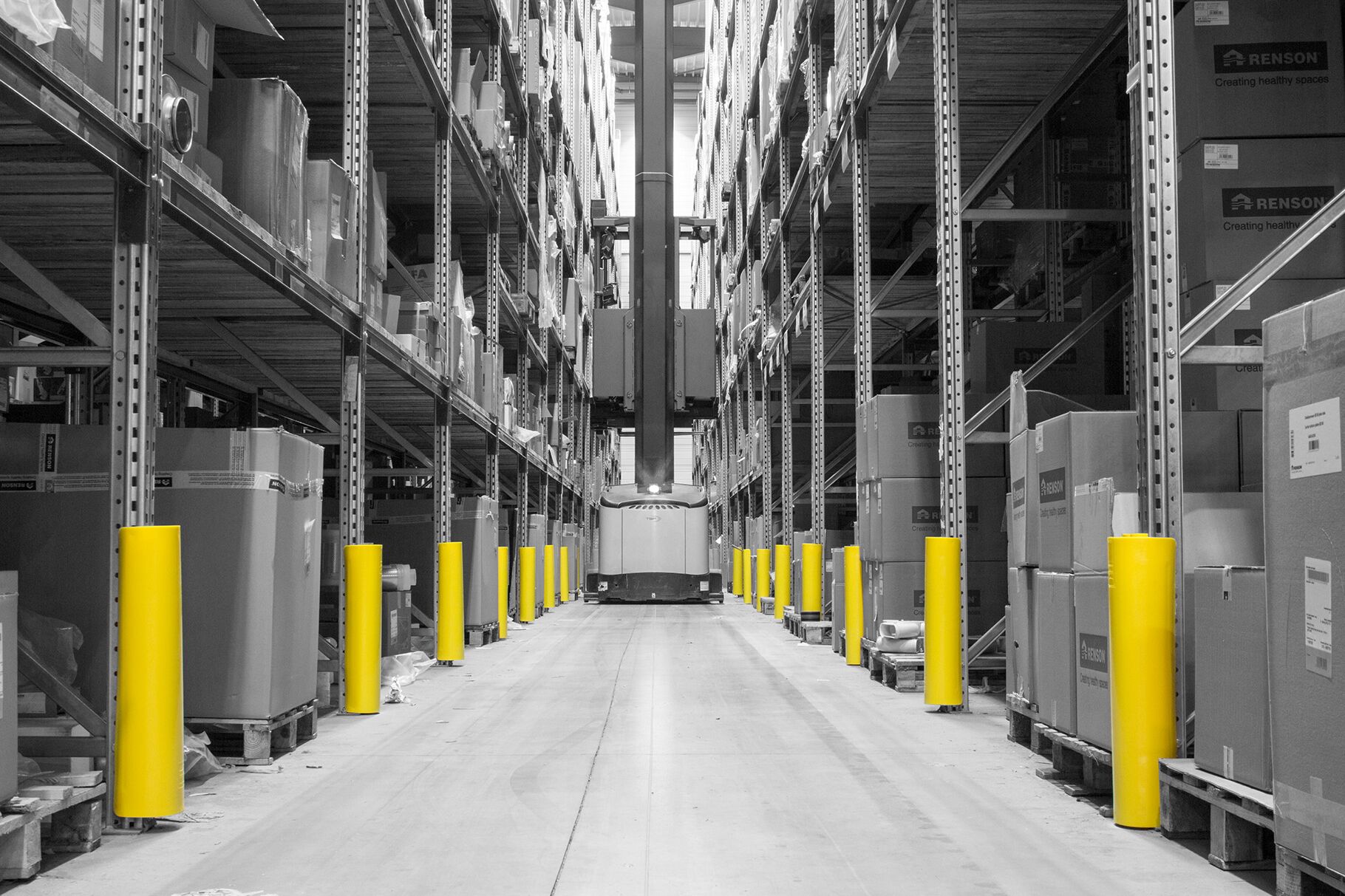
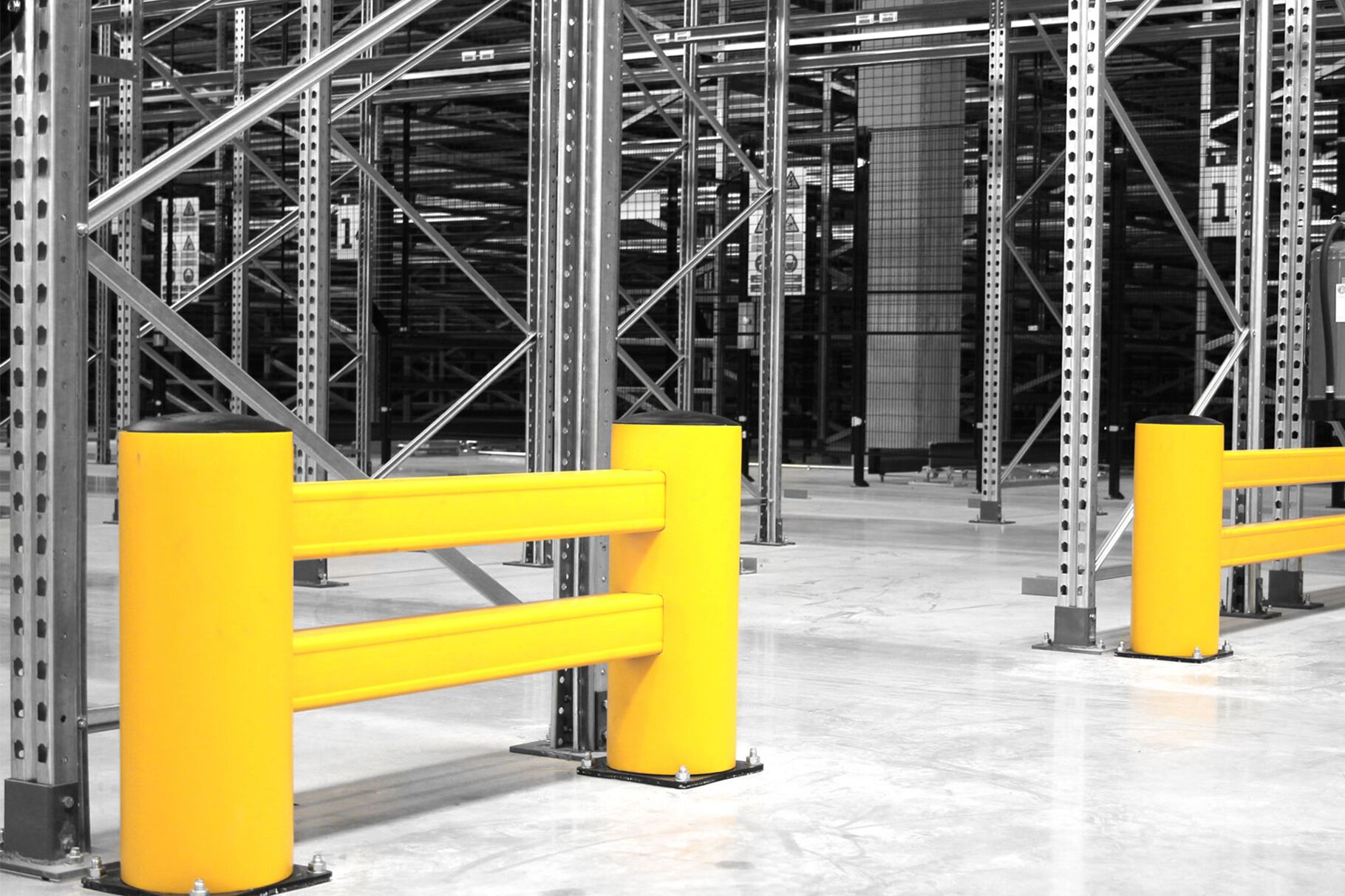
All FLEX IMPACT® products are made of flexible polymer that absorbs and disperses impact energy. After a collision, they return to their original shape, eliminating the need for frequent replacements and reducing maintenance costs over time.
How to choose the right racking system
To select the right solution, you’ll need to assess:
1. Type and characteristics of stored goods
Weight, dimensions, fragility and volume per SKU all influence your choice of racking.
2. Available warehouse space
Maximize storage capacity while keeping access aisles, pick zones and emergency exits clear. Consider tall racking or multi-tier systems where ceiling height allows.
3. Stock rotation frequency
High-turnover products benefit from direct access systems like FIFO racks. For long-term storage, mobile shelving may be more space-efficient.
4. Specific storage needs
Special requirements such as temperature control, frequent picking or additional safety features (e.g. corner protection, mesh decks) should be factored in.
5. Regulatory compliance
In the United States, racking systems must meet OSHA safety standards and follow guidelines from ANSI/RMI, such as ANSI MH16.1, which defines structural requirements for pallet racks.
Need expert advice?
Our specialists at Boplan USA are ready to help you identify and implement the safest, most efficient racking protection solution for your site. We assess your goals, challenges and layout to deliver a fully compliant and future-ready system.
